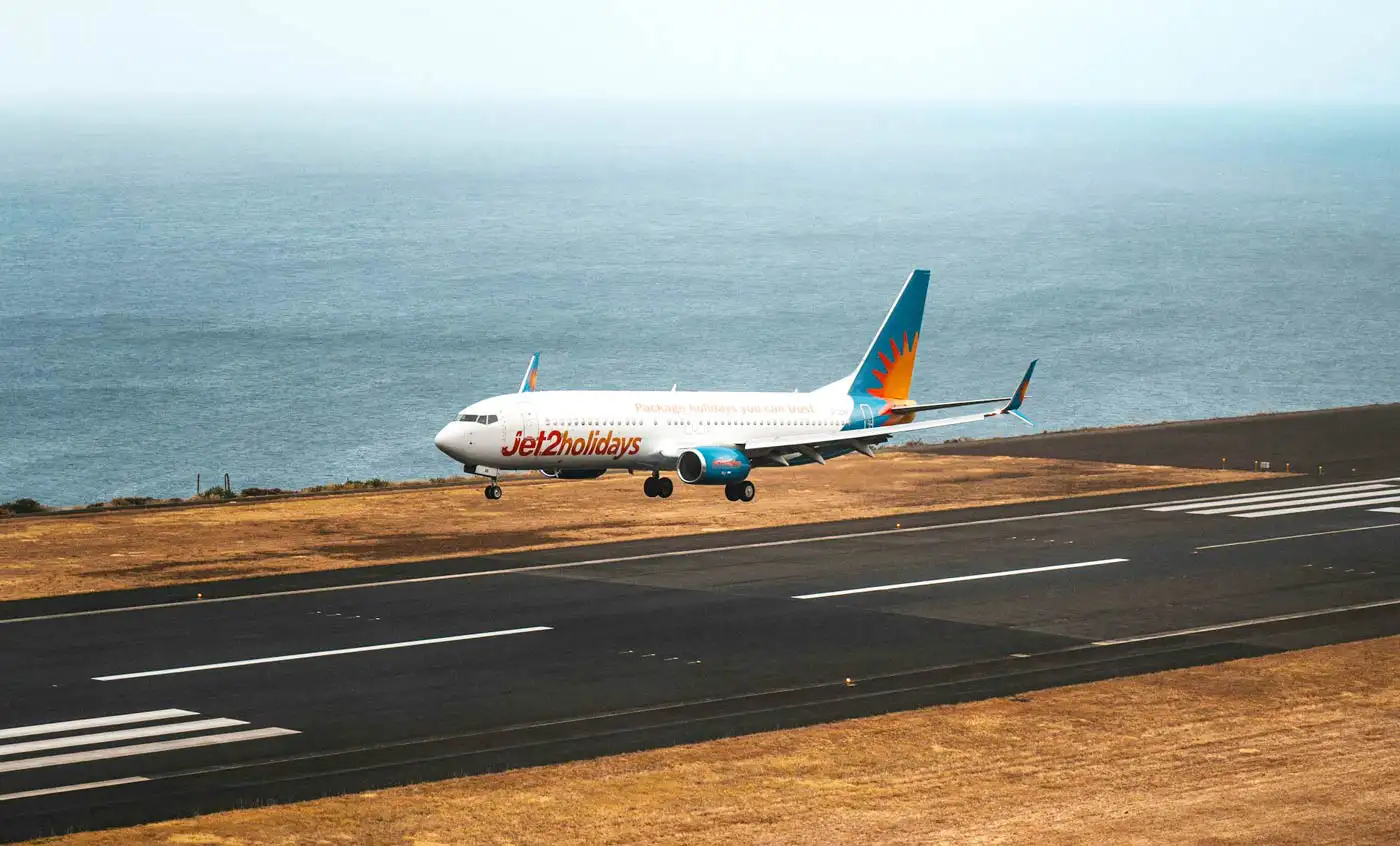AirAdvisor Report Gives Madeira’s Cristiano Ronaldo Airport 88 out of 100 Points
Madeira International Airport, officially named Cristiano Ronaldo Airport, has been rated the most scary airport in Europe for passengers, according to a ranking published this week by AirAdvisor and reported on by Diário de Notícias Madeira The study introduced an Index, which scored airports from 0 to 100 based on seven stress-related factors. Madeira reached 88 points, the highest score among European airports.
The analysis emphasized that the ranking does not measure safety, but the likelihood that certain conditions can heighten anxiety during takeoff or landing. These include steep descents, short runways, strong crosswinds, and sudden changes in altitude.
It is not about safety; commercial flights remain extraordinarily safe. It is about where passengers are most likely to feel turbulence, gusts of wind, go-arounds or unusual approaches
Anton Radchenko, CEO of AirAdvisor, Diário de Notícias Madeira
Gibraltar, Innsbruck and London City Airports Also Among Europe’s Top Four Stress Points
Following Madeira, Gibraltar Airport in the U.K. overseas territory scored 84 points, Innsbruck Airport in Austria 83, and London City Airport 81. Each of these airports is known for its unique geographical and operational challenges. Gibraltar’s location at the edge of the sea exposes it to crosswinds, Innsbruck is surrounded by valleys that require sharp turns during approach, and London City has a notably steep descent that unsettles many travelers.
Short Runways, Mountain Terrain and Ocean Cliffs Identified as Key Stress Factors for Travelers
AirAdvisor’s analysis shows that unusual runway designs, surrounding cliffs, and mountain terrain are among the main stress triggers for passengers. In Madeira, the runway is built on concrete pillars above the ocean, creating a dramatic visual impact during landings. In Skiathos, the short runway ends just beyond a road and a beach, often surprising passengers.
PURE Index Weights Wind, Approaches and Runway Constraints in Scoring System
The PURE Index combines operational and sensory factors to create its ranking. Wind and turbulence exposure account for 40% of each score, while approach geometry, such as steep or curved descents, counts for 20%. Runway constraints, like short length or unusual design, contribute 15%.
Other elements include proximity to mountains, cliffs, or water (10 percent), frequency of go-arounds and weather-related delays (10 percent), seasonal winds (3 percent), and sensory impressions, such as dramatic visuals during approach (2 percent). According to Mr. Radchenko, the purpose is not to alarm travelers but to contextualize flying conditions.
When passengers know that turbulence, go-arounds or delays are expected at certain airports, they can recognize them as routine parts of aviation, not as signs that something is wrong
Anton Radchenko, CEO of AirAdvisor, Diário de Notícias Madeira
Full Ranking of Europe’s Scariest Airports
Funchal/Madeira (Portugal) – 88/100
Gibraltar (British Overseas Territory) – 84/100
Innsbruck (Austria) – 83/100
London City (United Kingdom) – 81/100
Vágar/Faroe Islands (Denmark) – 79/100
Keflavík (Iceland) – 76/100
Skiathos (Greece) – 75/100
Santorini (Greece) – 72/100
Mykonos (Greece) – 70/100
Tenerife North (Spain, Canary Islands) – 68/100
Source: Diário de Notícias Madeira








Comments